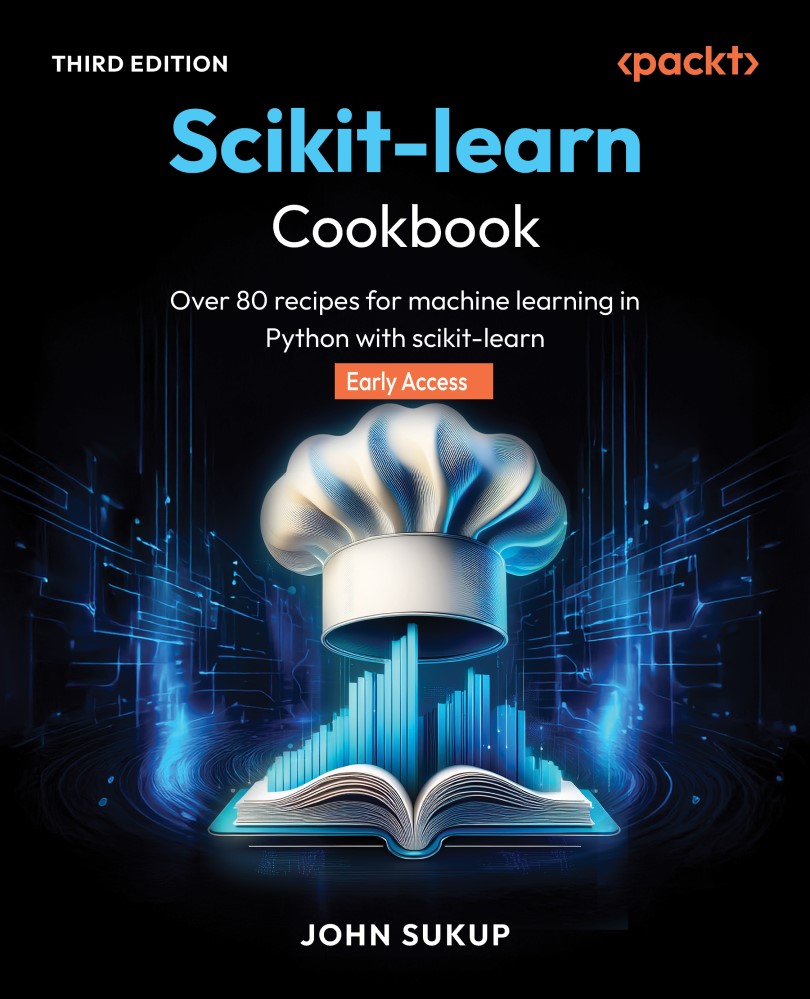Overview of Model Deployment
Deploying a model means moving it from your development environment into production, so that real users or systems can access its predictions. Deployment involves preparing a reliable artifact, or model metadata, serving it with appropriate latency and throughput, and ensuring that it continues to perform well as the data evolves. In this recipe we’ll walk through the typical steps of packaging, exposing, and verifying a trained scikit-learn model in production-like conditions.
Getting ready
Before deployment, ensure we have a trained scikit-learn model and necessary libraries installed.
Load the libraries:
import numpy as np from sklearn.linear_model import LogisticRegression from sklearn.datasets import make_classification from joblib import dump, loadCreate and train a simple model:
X, y = make_classification(n_samples=1000, n_features=20, random_state=2024) clf = LogisticRegression() clf.fit(X, y)
With our simple model trained, let’s...

































































